
Trade and Global Value Chains
 Leveraging international trade and global value chains for growth, development and resilience in an era of growing uncertainty
Leveraging international trade and global value chains for growth, development and resilience in an era of growing uncertainty
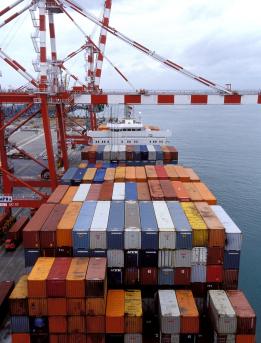
For over three decades, international trade and global value chains (GVCs) have driven growth and poverty reduction, significantly advancing low- and middle-income economies. Yet recent shocks—the COVID-19 pandemic, U.S.-China trade tensions, and Russia's invasion of Ukraine—have revealed vulnerabilities in trade-dependent economies. The pandemic underscored risks for countries reliant on trade for essentials like medicine, yet it also demonstrated the resilience of GVCs, which sustained flows and enabled a strong recovery. Russia's invasion of Ukraine exposed global interdependencies on resources like energy, food, and fertilizers, sparking inflation, food insecurity, and energy crises. It accelerated trends toward reshoring and regional supply chains to buffer against future shocks. The U.S.-China trade conflict showed the cost of politically motivated policies, shifting production patterns and deepening trade fragmentation, but it also prompted countries to diversify supply sources.
Together, these events underscore the need for balanced trade policies that build resilience while preserving the benefits of global integration. To explore how countries can leverage trade and GVCs in a world where multiple shocks and policy trends frame the global trading environment, this page brings together the main policy messages from World Bank research, including the World Development Report 2020: Trading for Development in the Age of Global Value Chains, and other reports and papers. It also provides additional resources for researchers and policymakers working on trade issues.
Download Report Executive Summary Key Policy Messages
Key Policy Messages
These are major themes and messages emerging from the latest World Bank research on international trade and global value chains (GVCs). Click on each card to learn more and access related publications.
GVCs remain key to growth and poverty reduction
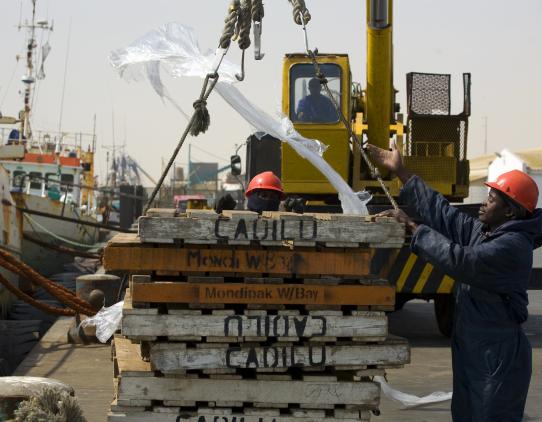
GVCs remain key to growth and poverty reduction
GVCs-led growth boosts growth and poverty reduction, especially in developing countries with access to global markets and strong fundamentals:
- GVCs lifted millions out of poverty.
- A 1% increase in GVC participation correlates with more than a 1% increase in per capita GDP, highlighting long-term growth effects.
- Empirical evidence demonstrates the strong link between GVC participation and economic and social advancement.
Trade conflicts and lack of reform threaten GVCs’ role in promoting prosperity
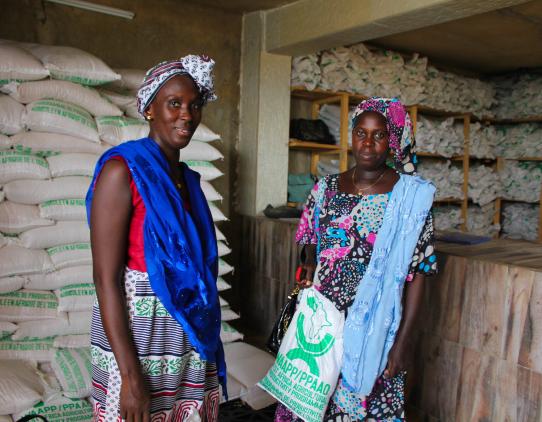
Trade conflicts and lack of reform threaten GVCs’ role in promoting prosperity
Recent shocks stressed the need for stable trade policies to sustain GVC benefits:
- Preserve market openness to attract FDI and know-how, and to export.
- Invest in human capital, infrastructure and connectivity.
- Ensure sustainability and inclusivity, by supporting SMEs gender equity, and marginalized groups.
- Maintain predictable regulations and transparent customs for smooth operations.
The potential for inclusive and sustainable growth remains strong

The potential for inclusive and sustainable growth remains strong
GVCs can further drive inclusive and sustainable growth, better jobs, and poverty reduction if:
- Developing countries pursue deeper reforms.
- Advanced economies maintain open, predictable policies.
However, recent trends show strong deviations from this approach.
Policies should aim to ensure GVC benefits are environmentally sustainable
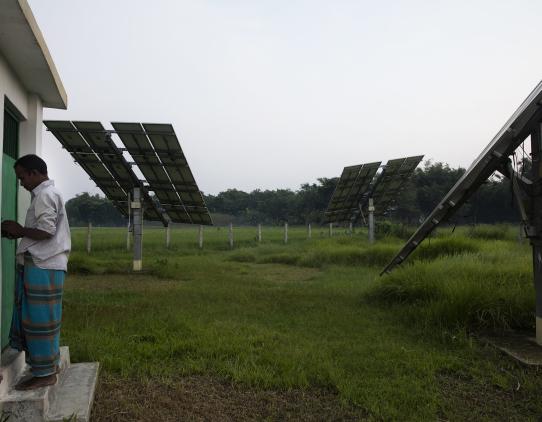
Policies should aim to ensure GVC benefits are environmentally sustainable
To ensure GVC participation becomes more sustainable, governments should focus on environmental regulations to:
- Price environmental degradation to prevent GVCs from magnifying resource misallocation.
- Support climate mitigation objectives and increase diversification in countries highly reliant on fossil fuels exports.
- Stimulate GVCs integration of less carbon-intensive commodities and support access to low-carbon technologies.
- Encourage sustainable logistics options to lessen the carbon footprint of supply chains.
International cooperation and open trade policies are ever more necessary and urgent
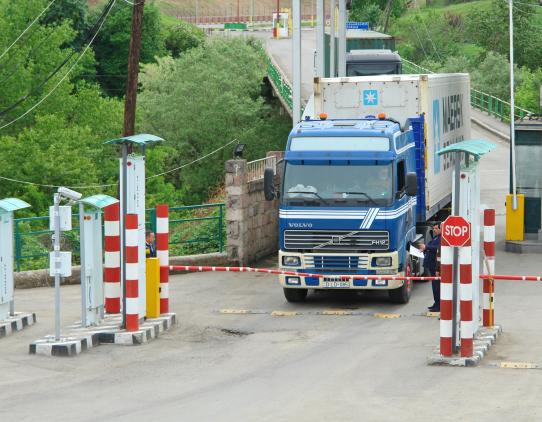
International cooperation and open trade policies are ever more necessary and urgent
Global shocks reveal how interconnected economies are through GVCs. To manage interdependencies and preserve growth, governments should expand international cooperation, not reduce it:
- Open trade policies remain vital for global stability and shared benefits from GVCs.
- Reducing trade-distorting policies helps keep markets open.
- Expanding cooperation on taxes, competition, and data flows is also essential to manage trade and GVC-related risks.
While open trade policies are vital, rising protectionism complicates their feasibility

While open trade policies are vital, rising protectionism complicates their feasibility
Trade and GVCs face new challenges but show resilience, adapting rather than collapsing under shocks. Lessons from the COVID-19 pandemic include:
- GVCs sustain trade relationships during crises, aiding recovery.
- Governments should monitor strategic goods through shared information.
- Diversifying exports, increasing access to overseas markets, and GVCs integration build resilience.
- Reducing tariffs aids recovery and lowers the cost of essential goods and services.
 Multimedia
Multimedia
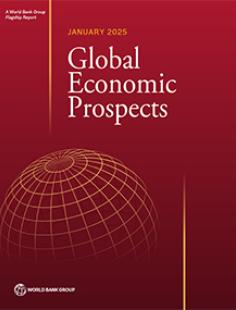
Publications
Global Economic Prospects 2025
The World Bank's latest Global Economic Prospects report projects that the global economy will stabilize at 2.7% growth in 2025-26. However, developing economies face challenges from high debt, climate change, and trade tensions. The World Bank recommends a new playbook focusing on deepening trade ties, modernizing infrastructure, and prioritizing climate action to accelerate growth.
Read more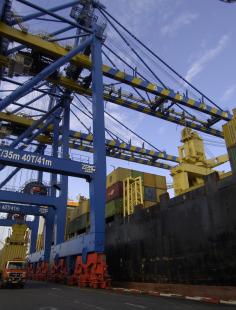
Event
Trade, Value Chains and Financial Linkages in the Global Economy
This conference will convene leading world scholars from both academia and policy institutions to take stock of recent developments in international trade, value chains, financial linkages and their macroeconomic implications. Organized by the Banca d'Italia, the European Central Bank, and the World Bank Development Economics Vice-Presidency, the conference will take place in Rome on November 14-15, 2024.
Read more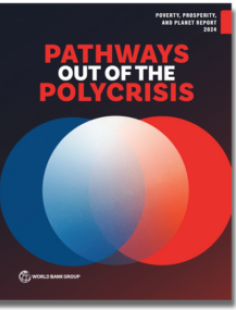
Publications
Poverty, Prosperity, and Planet Report: Pathways Out of the Polycrisis
This report offers the first post-pandemic assessment of global progress toward these interlinked goals, and explores potential pathways out of today's polycrisis - an environment where multiple and interconnected challenges are impacting the world simultaneously.
Read moreEvent
Trade and Uneven Development
International trade has historically been a force for development and poverty reduction. But trade is increasingly viewed as contributing to inequality, risk, and environmental degradation. As a result, protectionism is on the rise. To discuss the role of international trade on development outcomes and their sustainability and inclusivity, the World Bank and the editorial team from the Journal of International Economics hosted a research conference in Washington, DC on September 12-13, 2024.
Read more
Course
Trade and Climate Change Summer School
Through a mix of lectures, interactive seminars, and exercise sessions, participants will explore the latest trends and recent work in the active research field of trade and climate change. Topics covered in depth include carbon leakage and countermeasures; the use of quantitative trade models in the context of environmental policies and shocks; innovation and the diffusion of green technology; the energy, green and circular economy transition; and unintended and intended trade impacts of climate policies.
Read more